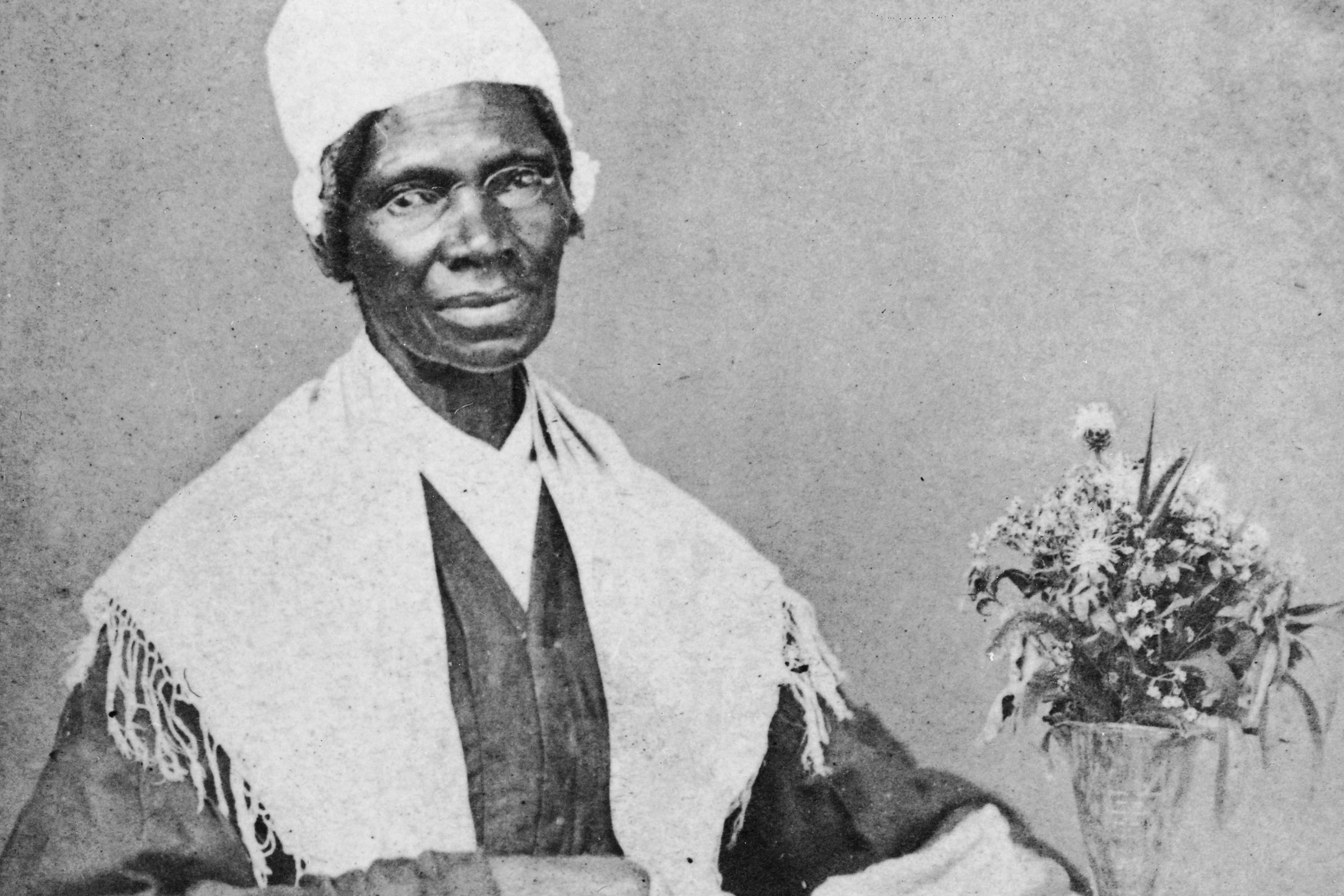Sojourner Truth’s story is one of hope, resilience, and strong resolve for better days. Born as Isabella Baumfree to enslaved parents in 1797, she experienced what it meant to work as an enslaved person at a young age. As early as five years, she had developed domestic skills that made an enslaved woman valuable. By age nine, she was sold as a slave to John Neely after her parents’ master, Charles Hardenbergh, passed on. John’s family was incredibly cruel to Sojourner, leaving memories that fueled her passion as an abolitionist in black history. They would beat her and mock her for not speaking or understanding English as she grew up speaking Dutch. Mortified by Truth’s injuries, her father decided to sell her to an innkeeper and later to another farmer- John Dumont.
Truth is powerful and it prevails.
Sojourner Truth
John was another cruel master who made her work at home and in the fields. And being in her blooming years, John took advantage of her, bearing him a child. Sojourner was later married to an older enslaved man called Thomas, albeit being in love with another man. Isabella bore five children with him. She continued working for Dumont, who promised her freedom on 4th July 1826, ahead of the enactment of the emancipation law, if she did well and was faithful. Unfortunately, John refused to hold the end of his bargain, denying Sojourner freedom. Infuriated, Sojourner worked for John till the agreed date and escaped with her young daughter in tow. She found safety with the Van Wagenens family who were also abolitionists. They helped Sojourner regain her freedom from John, marking her new status as a free
woman. Shortly after, John sold Sojourner’s five-year-old son, Peter, despite the New York law allowing
him to work for the state until he earned his freedom. Upon hearing what had befallen her son, Sojourner filed a lawsuit against John Dumont to get him back.
This was the first time a black woman had ever sued a white man and succeeded in African American history. The Wagenens’ family had a profound impact on Isabella, as it was while staying with them that she learned about salvation. After giving her life to Christ, she decided to move to New York City to work as a housekeeper for an evangelist called Elijah Pierson. While working for the evangelist, she lived in a community of believers which emboldened her desire to preach the gospel. She began by championing women’s rights, pacifism, temperance, and Black uplift before becoming a full-time preacher to New York’s poorest neighborhoods. It was during this period that she decided to change her name to Sojourner Truth to mark the beginning of a new chapter in her life. She embarked on longer voyages to the Northeastern region of New York, telling her story and urging people to end slavery. Truth met other abolitionist leaders like Frederick Douglass, David Ruggles, and William Llyod Garrison, who encouraged her to give speeches about the ills of slavery. Shortly after, Sojourner Truth gave the famous speech titled, ‘Aint I a Woman,’ at the Ohio Women’s Rights Convention, cementing her abolitionism course. The riveting speech was packed with much ridicule toward white men who were strongly opposed to women’s rights.
That man over there says that women need to be helped into carriages, and lifted over ditches, and to have the best place everywhere. Nobody ever helps me into carriages, or over mud-puddles, or gives me any best place! And ain’t I a woman?
Sojourner Truth
Truth faced fierce opposition from pro-slavery groups following her riveting speech, but it never discouraged her from campaigning against slavery. She grew so vocal that she captured the attention of President Abraham Lincoln. He invited her to the White House in 1864 to appreciate her efforts and recruit her to participate in the Freedmen’s Bureau.
After the Civil War, Truth lobbied the U.S. government to give land to free Black men and women as she knew that Black people could only be free if they were economically empowered. Although her petition was never granted, she never stopped championing equal rights for black and white people, with a specific focus on black women. Her legacy of faith, courage, and fighting for what is right makes her an icon worth celebrating in black history online. Sojourner Truth died in 1883.
